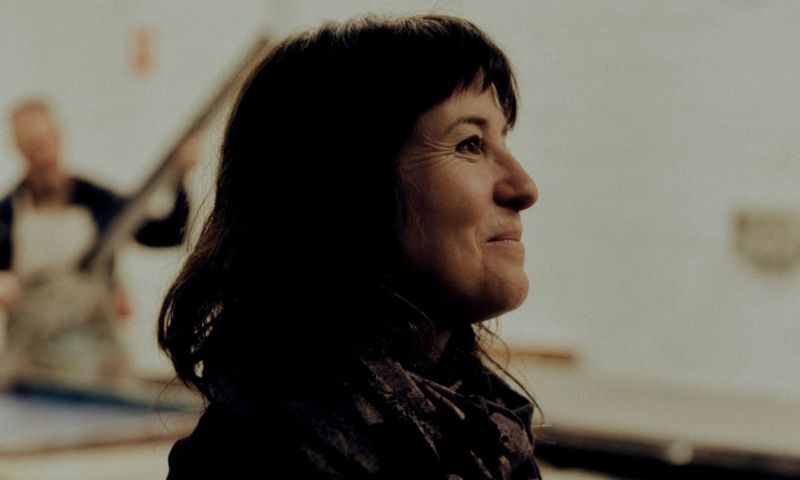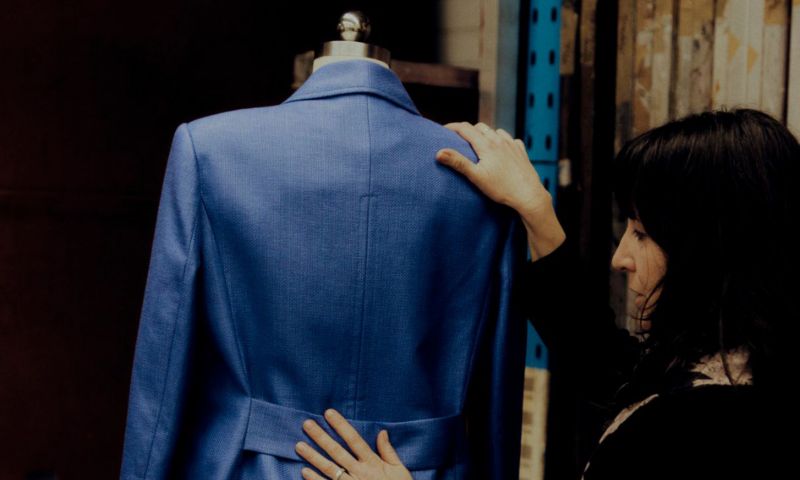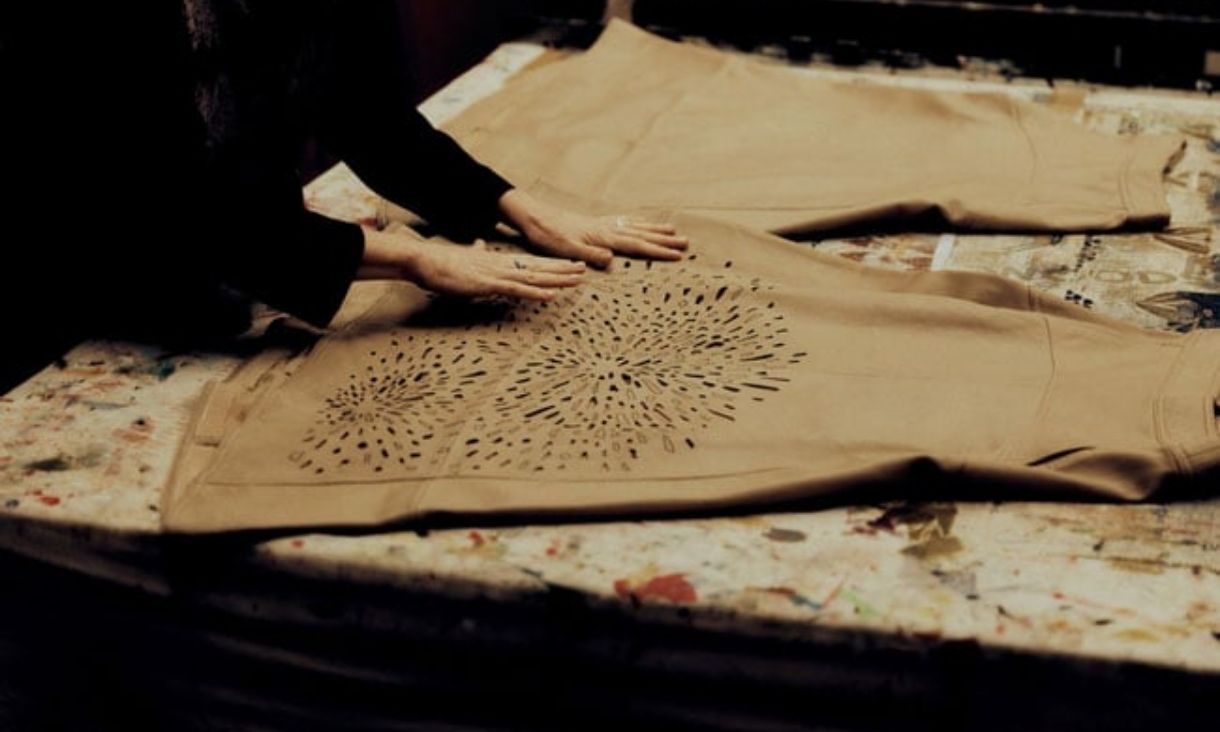Looking to boost your skills? Take part in the Apple Foundation Program during Semester 1 break!
The Apple Foundation Program at RMIT is a fully subsidised program that offers an overview of the skills to become an iOS developer while introducing you to a highly sought-after transferable skill set.
Addressing Gender-Base Violence Annual Report 2024 – Further progress made
RMIT has reached a significant point of reflection in our work to prevent and respond to gender-based violence at RMIT, with the release of our Addressing Gender-Based Violence Annual Report 2024.
PhD graduate Janappriya Jayawardana
Investigating the sustainability of modern construction practices by focusing on prefabricated construction.
Innovating for Impact: Groundbreaking PhD Nerve Recovery Research
Mustafijur Rahman's PhD journey at RMIT within the School of Fashion and Textiles highlights the power of interdisciplinary research in driving innovation to tackle healthcare challenges.










